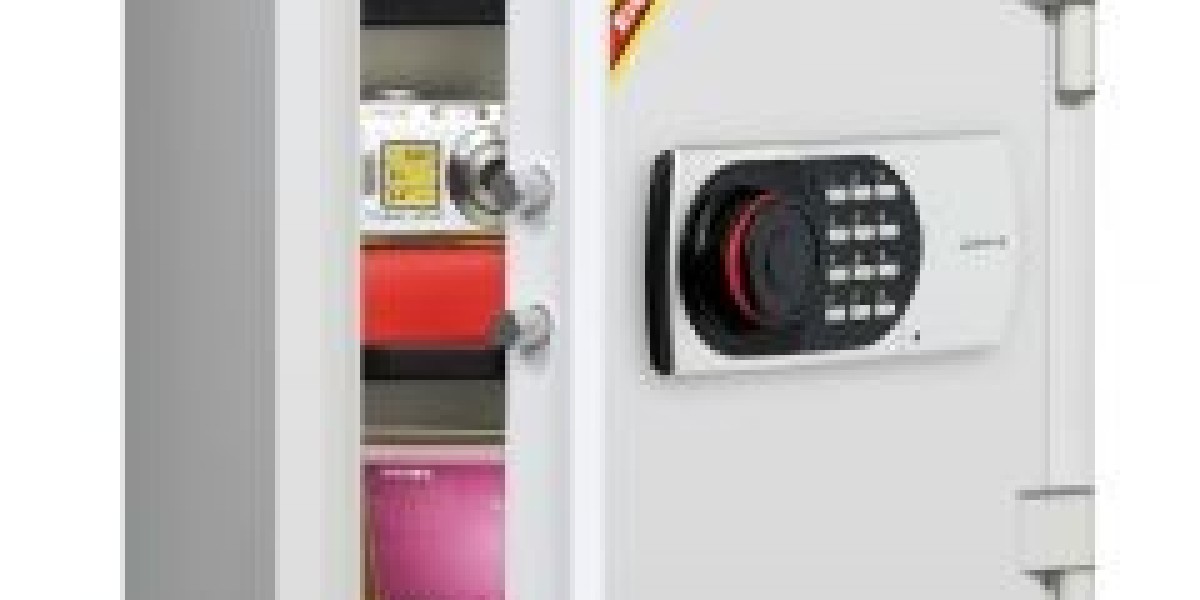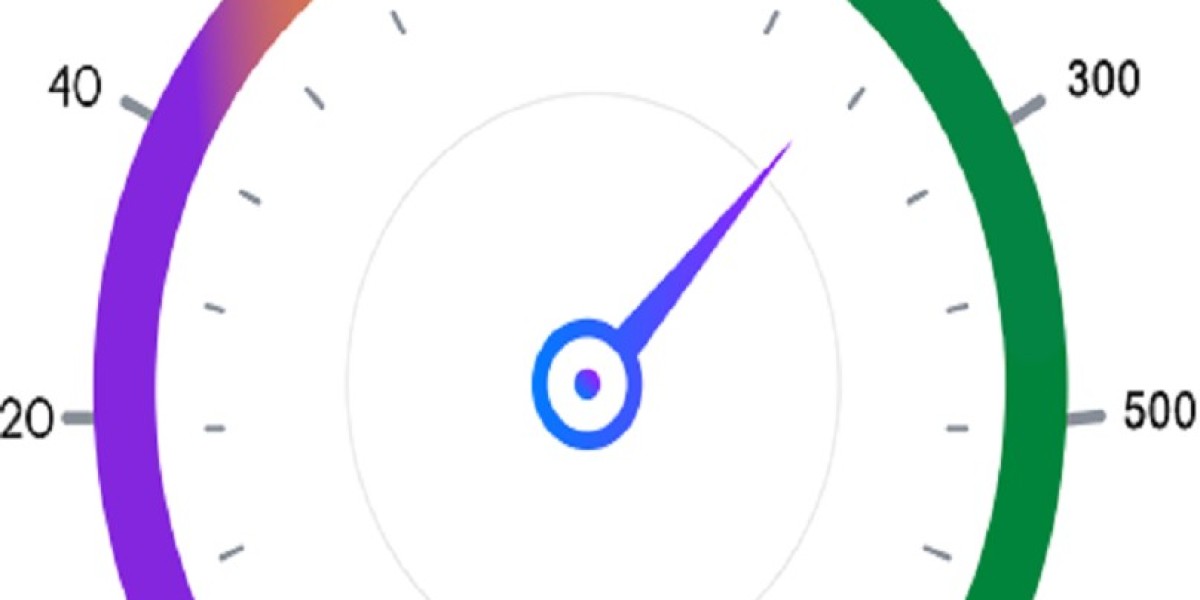The master bedroom closet remains the most popular and practical location for home safe installation, offering an ideal balance of accessibility and concealment. This location allows quick access during emergencies while keeping the safe hidden from casual view of visitors or potential intruders. When installing in a bedroom closet, position the safe behind hanging clothes or in a corner where it's naturally obscured, and ensure you have adequate lighting and space to operate the lock comfortably. The bedroom location also provides privacy when accessing sensitive documents or valuables, making it less likely that family members or guests will accidentally observe your safe combination or contents.
Basement installations offer superior security benefits, particularly for larger safes that benefit from concrete floor anchoring and natural concealment below the main living areas. The basement environment typically provides stable temperatures and humidity levels, which is beneficial for document and electronic storage. However, consider potential flooding risks and ensure proper moisture control, as basements can be prone to water damage that could compromise your safe's contents. Additionally, basement locations may be less convenient for frequent access, making them better suited for long-term storage of items you don't need regularly, such as important documents, backup drives, or seasonal valuables.
Avoid common installation mistakes that compromise security, such as placing safes in obvious locations like home offices or studies where they're easily spotted by visitors, repair workers, or potential intruders. Ground-floor locations near windows or exterior doors should be avoided, as they provide easy escape routes for thieves and may be more visible from outside. Similarly, avoid areas with extreme temperature fluctuations like attics or garages, which can damage sensitive items and may not provide adequate structural support for proper anchoring. The key is finding a location that offers the right combination of concealment, accessibility, environmental stability, and structural integrity for secure mounting.
Remember that the best safe location is one that fits your specific needs and home layout. Consider factors like frequency of access, family members who need entry, and the types of items you're storing. Some homeowners benefit from multiple smaller safes in different locations rather than one large unit, distributing risk while maintaining convenient access to different categories of valuables and documents throughout their home.







